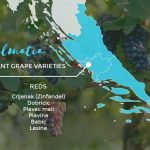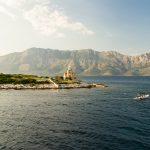Croatian cuisine fascinates me.
It is one of the most diverse in the world, with its numerous regions having their own specific dishes, which are completely different to the rest of the country. Ask a local to describe Croatian cuisine, and it is no easy explanation. From the seafood of Dalmatia and the truffles of Istria to the spicy kulen and fish paprika of eastern Croatia, it is hard to categorise the national cuisine of Croatia, due to its rich regional diversity.
Talk to a Dalmatian and he will fondly talk of the last time he tried Slavonian kulen. A Zagreb businessman will lovingly recall his grilled fish and calamari on the Dalmatian coast, or a truffle and olive oil feast in Istria, washed down with the local malvazija. So they are all aware of the rich regional diversity. And yet…
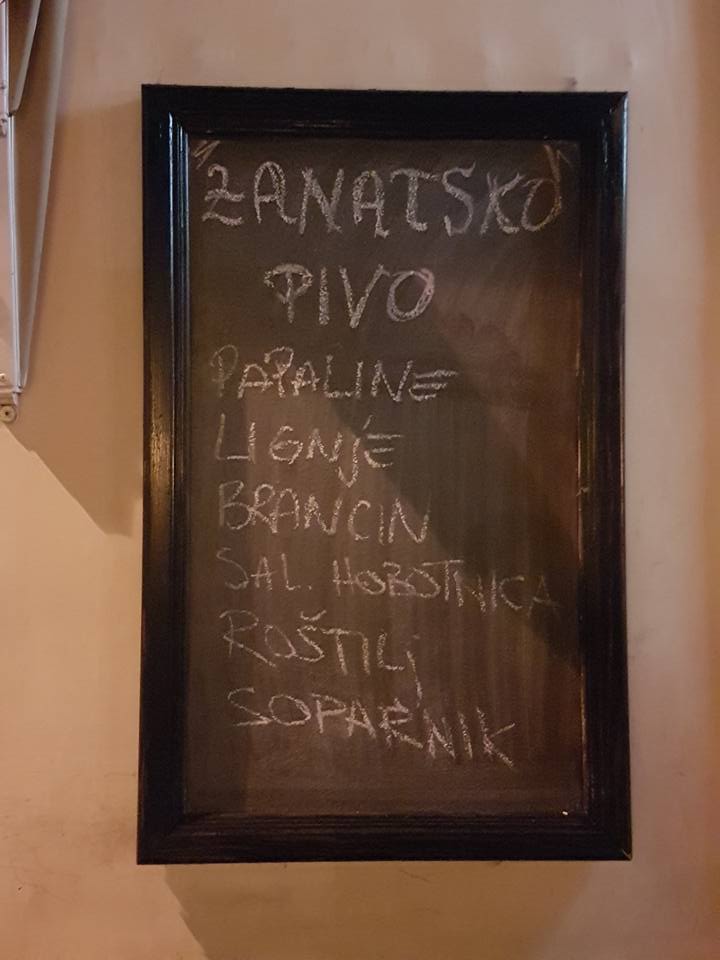
How many Istrian restaurants do you see in Dalmatia? Slavonian restaurants in Istria? Or Dalmatian restaurants in Slavonia? Almost none. Wherever you go in Croatia, the cuisine is almost exclusively tied to the cuisine of the actual region. which is understandable to a point, but with Croatian’s love of their food from other regions, somewhat surprising. I thought all the more so after I went to Belgrade a few years ago to report on Days of Hvar Cuisine, a wonderful initiative where a Hvar restaurant took over a Belgrade partner restaurant for 3 weeks and cooked exclusively Hvar food. The restaurant was packed every night, and you can see the report in this YouTube report below:
And so I was somewhat surprised on a brief visit to Karlovac recently to be taken to a restaurant selling that very Dalmatian speciality, soparnik. For those of you who don’t know this once peasant food, this is how it is prepared in its peasant heartland in the Poljica Republic above Omis:
And it wasn’t just soparnik…
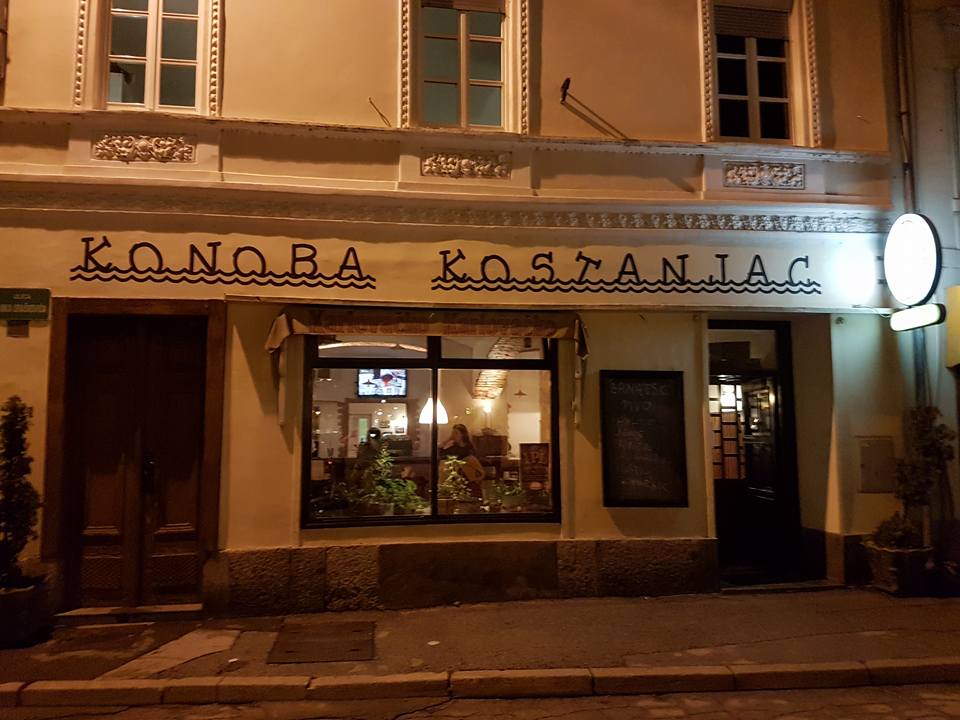
A fully fledged Dalmatian restaurant in the heart of Karlovac!
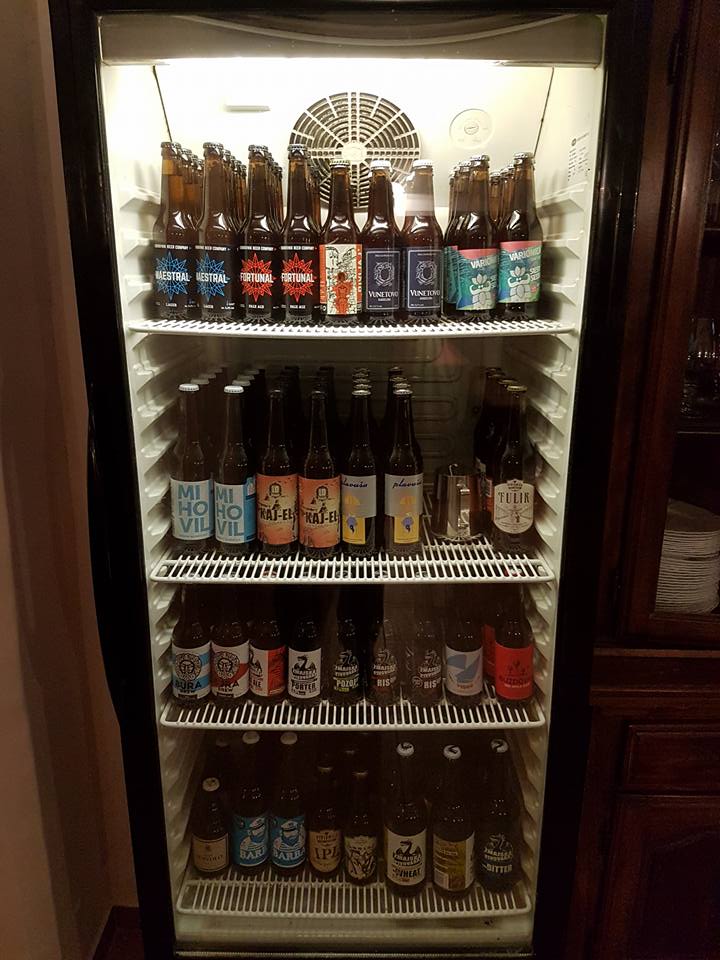
I was only there briefly, time enough to try the excellent octopus salad in the lead photo, and time enough to check out the wonderful beer fridge. I recognised Sibenik’s Sv. Mihovil and opted for the pride of Dalmatian craft beer – Barba from Split.
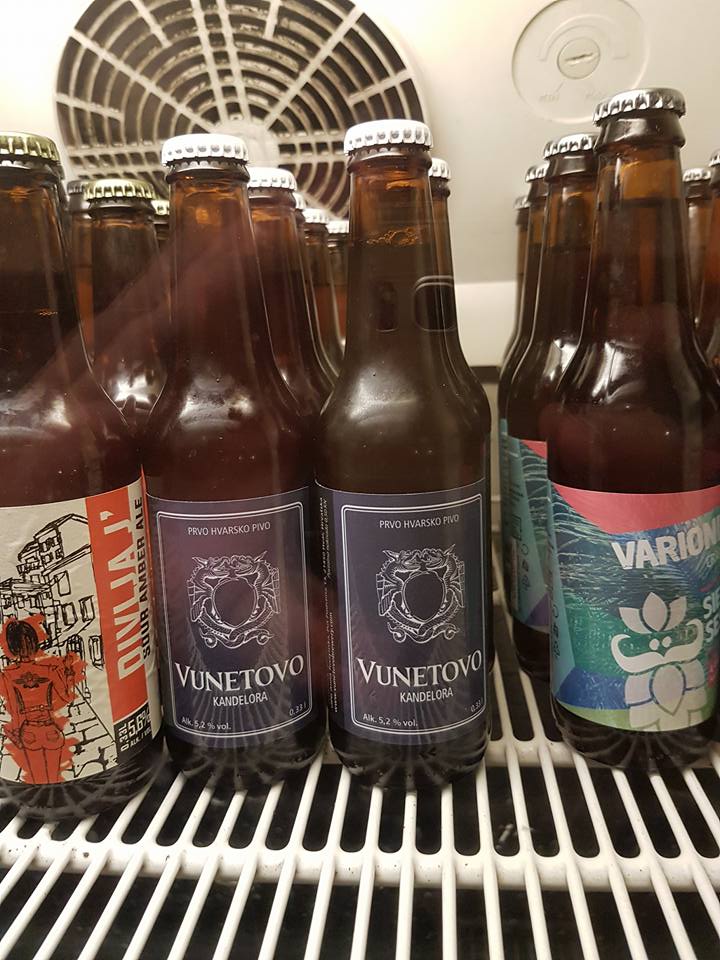
And there was a virtual tear in my eye when I saw the pride of Hvar also represented – lovely Polish Anna, who I first discovered and wrote about more than three years ago.Great to see you doing so well.
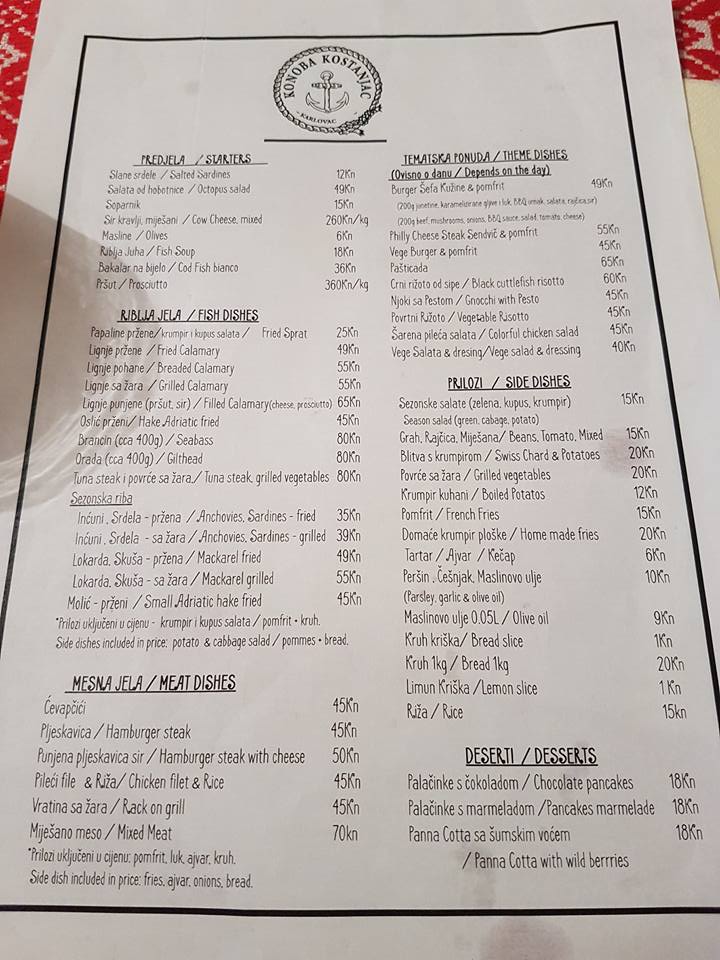
I laughed a little when I was told that some people are saying the prices have become expensive in the restaurant. Compare this menu to Hvar Town in summer, was my reply. Or Jelsa in winter. A really nice selection.
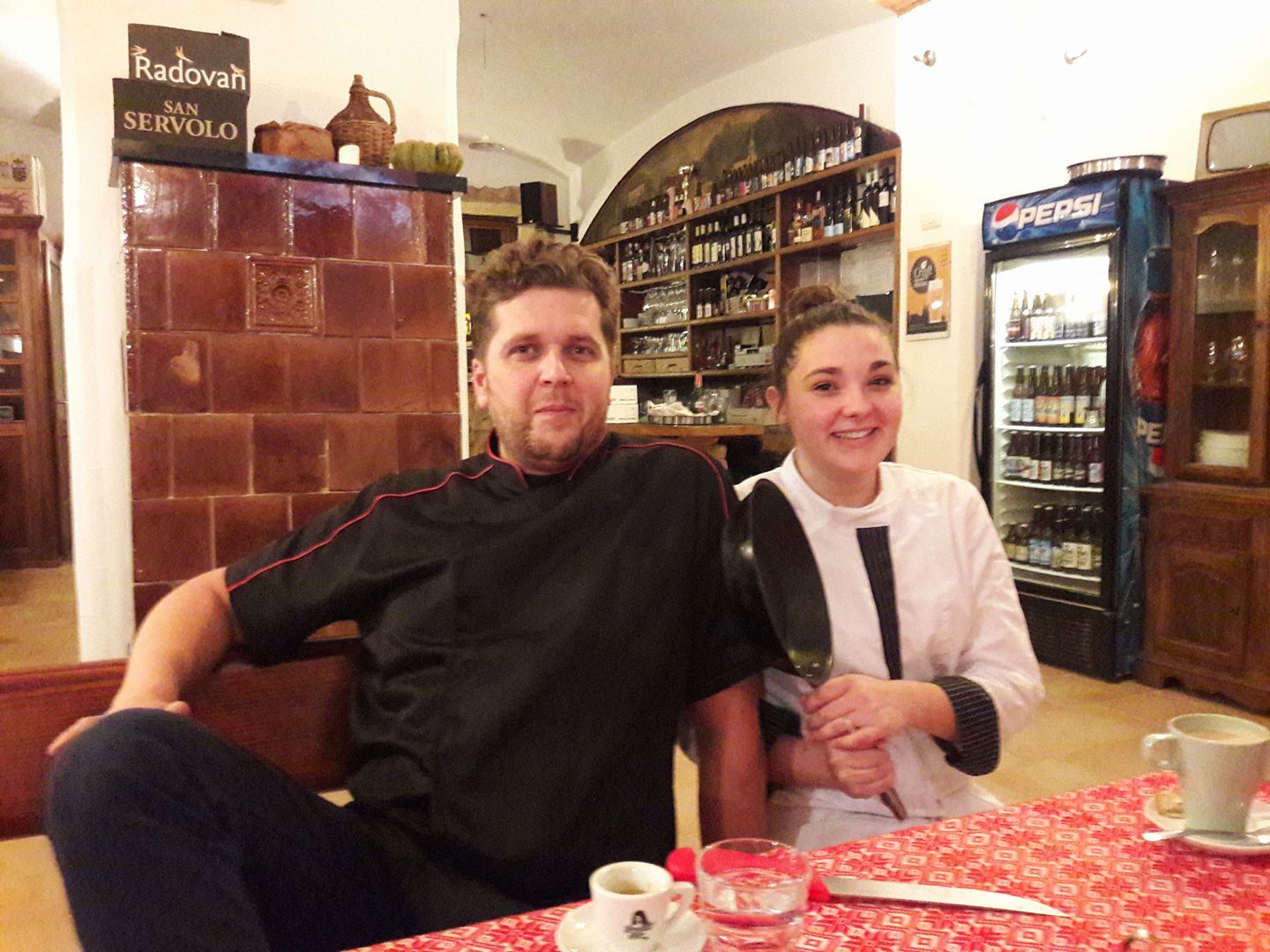
It was great to meet the owners briefly, before my journey continued to Zagreb. Croatia needs more of this regional diversity, so that tourists can experience the regional quality. One of the few places I have experienced this was with the Hoteli Milenij group in Opatija. During the season, they alternate six regional cuisines, often with live music from the region, each week, a chance for a guest staying for a week to experience the whole of Croatia and its gourmet magnificence.
To learn more about a slice of Dalmatia in the heart of Karlovac, visit the Konoba Kostanjac Facebook page.
We would love to hear about more Croatian restaurants successfully operating outside their region. Contact us at news@total-croatia-news.com


